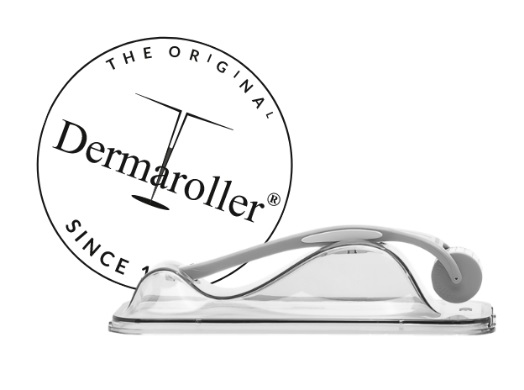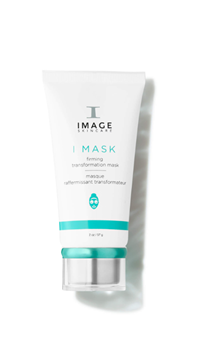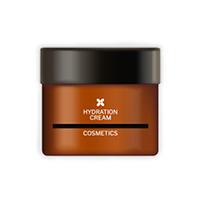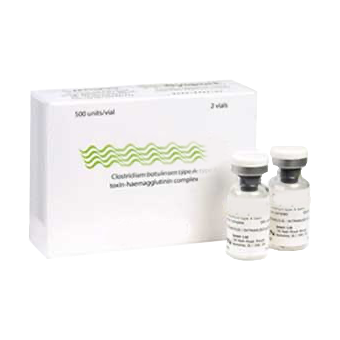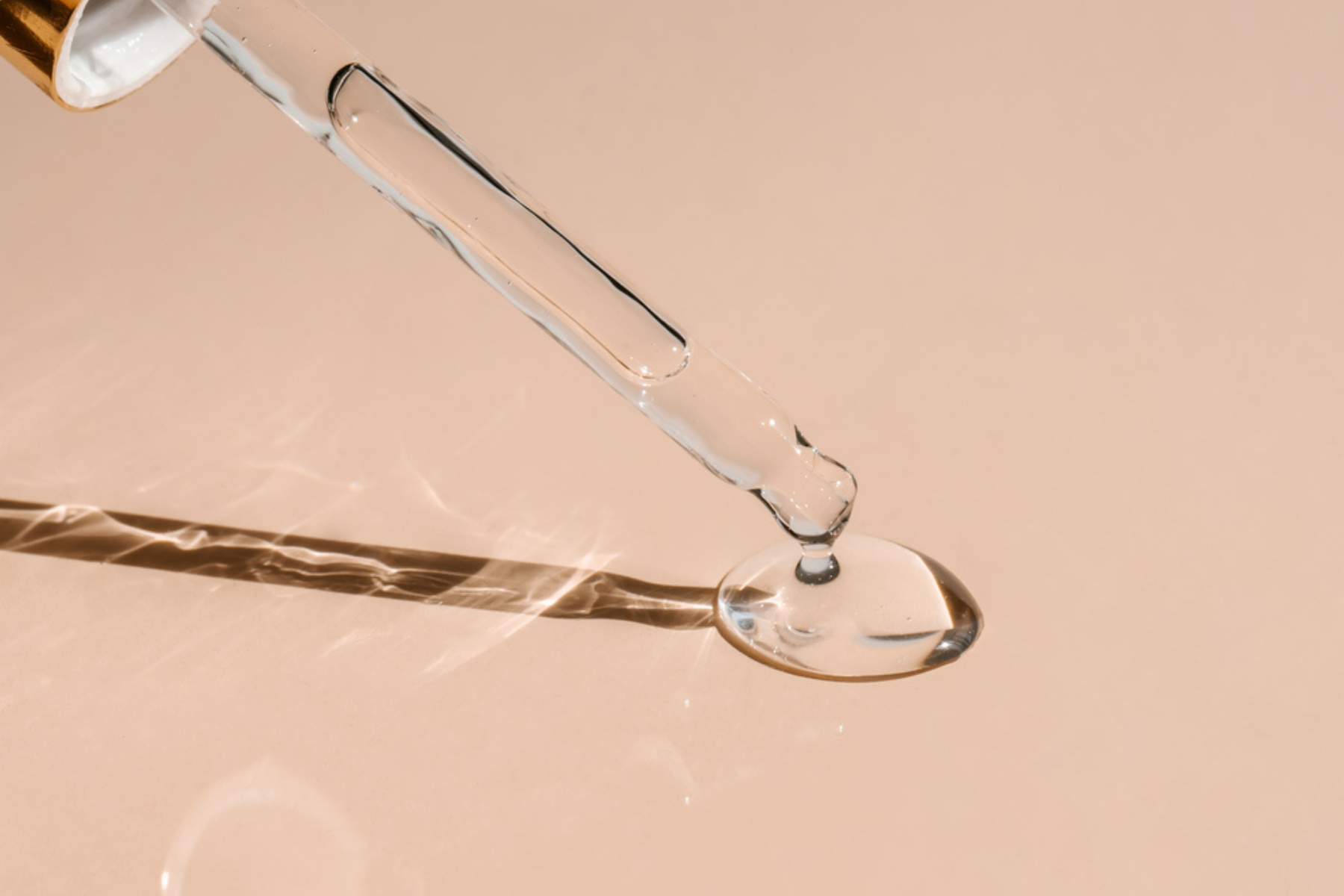 Often lumped together as actives that restore, rebuild or re programme the skin, you’ll find that in reality, exosomes, peptides and growth factors function very differently. One sends signals and kickstarts repair, another reinforces structure and helps the skin hold on to what it builds, and the third fine-tunes how cells behave, making everything work more efficiently. They all support regeneration in different ways, so using the one (or two) that aligns with what your skin actually needs is, where you’ll see the most change.
Often lumped together as actives that restore, rebuild or re programme the skin, you’ll find that in reality, exosomes, peptides and growth factors function very differently. One sends signals and kickstarts repair, another reinforces structure and helps the skin hold on to what it builds, and the third fine-tunes how cells behave, making everything work more efficiently. They all support regeneration in different ways, so using the one (or two) that aligns with what your skin actually needs is, where you’ll see the most change.Exosomes explained
Of the three, exosomes are the newest kids on the block to make their way into our skincare. They’re not an ingredient in the traditional sense, but rather nano-sized vesicles (microscopic bubbles) secreted by stem cells. They transport molecular signals (like proteins, lipids, and RNA) from one cell to another like couriers being sent between skin cells, instructing them to regenerate, repair, or function more effectively. The result? A boost in collagen production, a reduction in inflammation, and an improvement in skin texture and tone.When it comes to their source, exosomes are most commonly harvested from plant or bovine stem cells, as currently human-derived exosomes aren’t permitted in UK cosmetics. And they’re particularly valuable for post-treatment repair—think microneedling or laser—where skin is even more receptive to regenerative aids. But even in your daily skincare regime, exosome-rich formulas can deliver visible improvements in texture, radiance and resilience.
Peptides explained
Peptides aren’t new, but they’re far from outdated. From producing collagen and elastin, to calming inflammation and encouraging hydration, these short chains of amino acids are champion multitaskers. What’s more, they’re also small enough to penetrate skin as is, which means they’re relatively low risk.Originally, peptides focused on firmness by increasing the production of structural proteins to reduce lines and a loss of elasticity. But next-gen iterations are even more targeted: some are designed to break up stubborn pigmentation, others focus on repairing the barrier, calming redness, or improving skin density. Some have even been dubbed ‘Botox in a bottle’, as they mimic neurotransmitters to reduce the appearance of expression lines.
They’re not as fast-acting as something like retinol, but they don’t trigger the same kind of irritation either. What they do offer with consistent use, is a steady improvement in a number of key concerns while being extra gentle on the skin.
Growth factors explained
Growth factors were once considered the pinnacle of regenerative skincare. These large proteins occur naturally in the body and play a central role in cell turnover, wound healing and collagen synthesis. In a skincare context, they’re lab-created (usually from plants or bacteria), then formulated to encourage the skin to behave more youthfully by dividing cells more quickly, producing stronger fibres, and rebuilding the dermal matrix.Unlike peptides, growth factors are bulky molecules, which can make absorption more difficult. That’s why they’re often paired with delivery enhancers or used in conjunction with treatments that open up microchannels in the skin, such as microneedling. When they do reach their target, they can be particularly useful for skin that’s thin, slow to heal, or showing more advanced signs of ageing such as deep lines and laxity.
They’re also a smart choice during recovery periods, be that from sun exposure, illness, cosmetic surgery or aggressive treatments. Growth factors can help speed up the healing process and improve long-term skin resilience.
Which should you be using?
Since they don’t actually do the same thing, you don’t have to choose one over the other, but less can also be more. The key is to work out how and when to use each one, based on what your skin needs at the time.If your skin is inflamed, stressed, or sensitised (after a treatment, for example), exosomes can help guide the repair process and improve tolerance. If your concerns are more structural or pigment focused, then peptides offer a solid solution. And if you’re in need of more robust support, growth factors can help turbo charge regeneration.
You may want or need to use all three, and thankfully that’s possible, just be sure to regularly tune into your skin's needs and use the actives that accommodate them best.
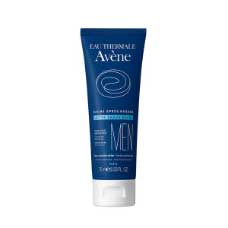
 Added to basket
Added to basket

 Unapplied Changes
Unapplied Changes


